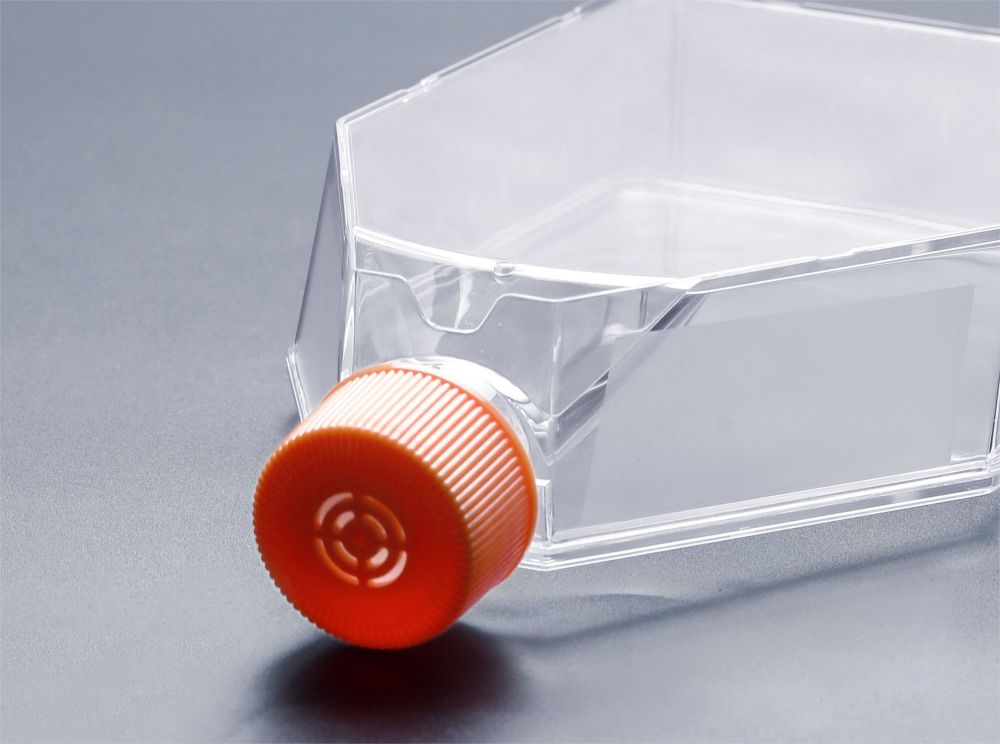Cell culture bottles are often used in adherent cell cultures, where cells must be attached to the surface of a supporting substance in order to grow. Then what is the attraction between the adherent cell and the supporting substance surface, and what is the mechanism of the adherent cell?
Cell adhesion refers to the process of adhesion dependent cells pasting and spreading on the culture surface. Whether a cell can be attached to the culture surface depends on the characteristics of the cell itself, on the contact probability between the cell and the culture surface, and on the compatibility between the cell and the culture surface, which is related to the chemical and physical properties of the surface.
The cell adhesion rate is also related to the chemical and physical properties of the culture surface, especially the charge density on the culture surface. The coldern and fibronectin in serum can bridge the culture surface to the cell, which is beneficial to accelerate the cell adhesion rate. In addition to the above factors, the spread of cells on the culture surface is also related to the surface condition, especially the smoothness.
Most mammalian cells grow in vivo and in vitro attached to certain substrates, which in vitro can be other cells, collagen, plastics, etc. Cells first secrete extracellular matrix, which adheres to the surface of the cell culture vial. The cell then binds to these extracellular matrices via adhesion factors expressed on its surface.
In addition, in order to better promote cell adherence, the growth surface of the cell culture bottle will be specially treated to introduce hydrophilic masses, which facilitate the growth of adherent cells.
Post time: Nov-07-2022





